How to grow tulbaghia in a British country garden
John Hoyland, the gardens adviser at Glyndebourne, shares his advice on how to get South African favourite tulbaghia growing in Britain.
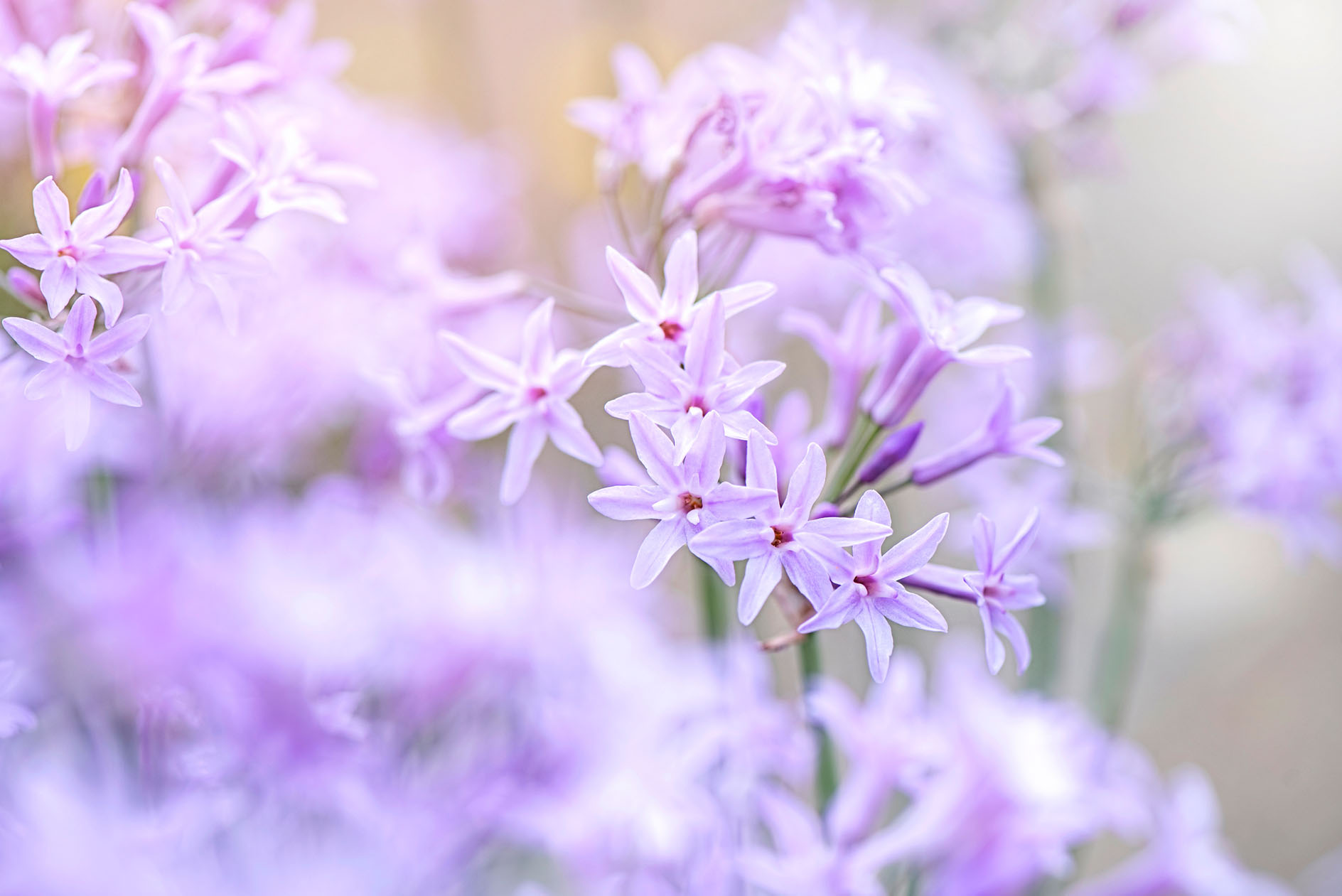
It has become the mantra of many progressive nurserymen and garden designers that only by looking at plants in the wild can we understand how to use them in our gardens and to grow them well. Given the diverse origins of plants we grow in Britain, research at this level would need a lifetime of travel, but a good place to start might be South Africa, home to an astonishing 10% of the world’s plants. Among the area’s endemic treasures are tulbaghia, bulbs producing clusters of delicate flowers on wiry stems that resemble miniature agapanthus.
The genus has none of the diversity or exuberance of agapanthus, a near relative, but its dainty flowers, often in muted colours, coupled with an ability to flower for several months, make it an irresistible garden plant. On a visit to its native country, I saw the flowers everywhere: in supermarket car parks, private gardens, public parks, and municipal planting schemes. Yet it wasn’t until I came across a meadow filled with hundreds of the plants that I began to see their true beauty. A pale-mauve haze hung over the ground and the air was gently perfumed with the scent of sweet onion. This was not something that could be replicated in a British garden, but the sight did make me want to grow more tulbaghia.

The genus is named after Ryk Tulbagh, an 18th-century governor of what was then the Dutch Cape Colony. He seems to have been an austere character, who legislated against all kinds of extravagance and frippery, including banning women from lining dresses with velvet or silk. He was, however, an intellectual and fascinated by the natural world.
Aware that the flora of southern Africa was far more diverse than Europe, he corresponded with several botanists and sent hundreds of specimens to Carl Linnaeus. It was Linnaeus who named Tulbaghia, presumably unaware that he was honouring such a severe character with such a delicate flower.
Eight things to know about growing tulbaghia in Britain
1. Pots
In most of Britain, tulbaghia have to be grown in pots, with the containers moved during the winter into a frost-free greenhouse or a cold frame.
2. Soil and compost
Use a mixture of about one-third each of loam, compost and horticultural grit. An occasional feed with a high potash fertiliser (the type used for feeding tomatoes) will help to prolong flowering.
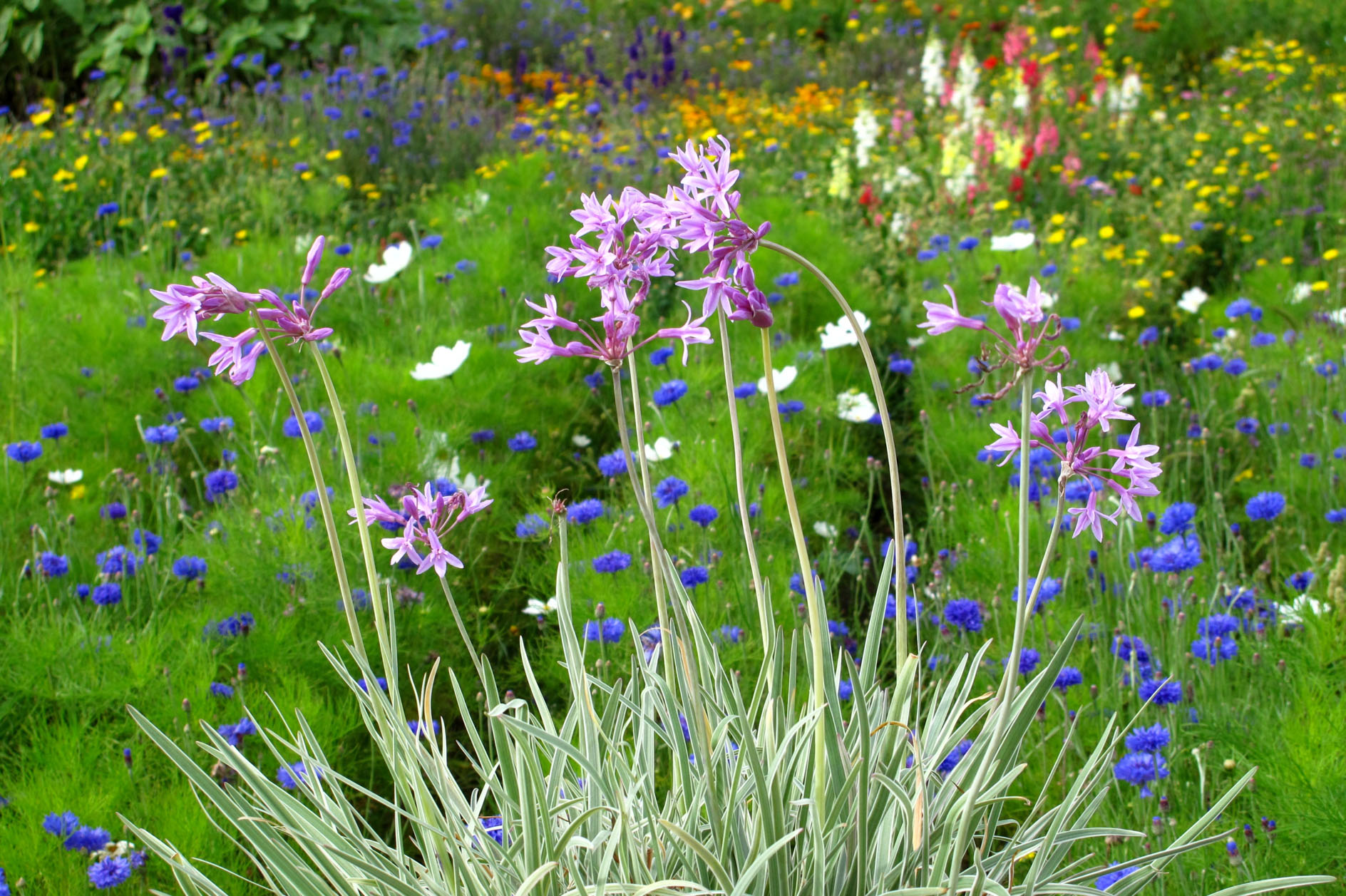
3. Growing them in the garden
In coastal and other mild areas of the country, where the winter temperature does not drop below about 23°F (-5°C), tulbaghia can be grown in the garden. If necessary, add grit to ensure that the soil is free-draining and do not crowd them with other plants.
Exquisite houses, the beauty of Nature, and how to get the most from your life, straight to your inbox.
Fearless gardeners in colder areas can try growing tulbaghia in the garden, but should cut the plant down to a few inches above soil level in late October and cover the whole plant with a 3in-deep mulch.
4. Sunshine is paramount
Whether grown in pots or in the ground, tulbaghia need plenty of sunshine to thrive. Plants will grow in part shade, but will produce far fewer flowers .
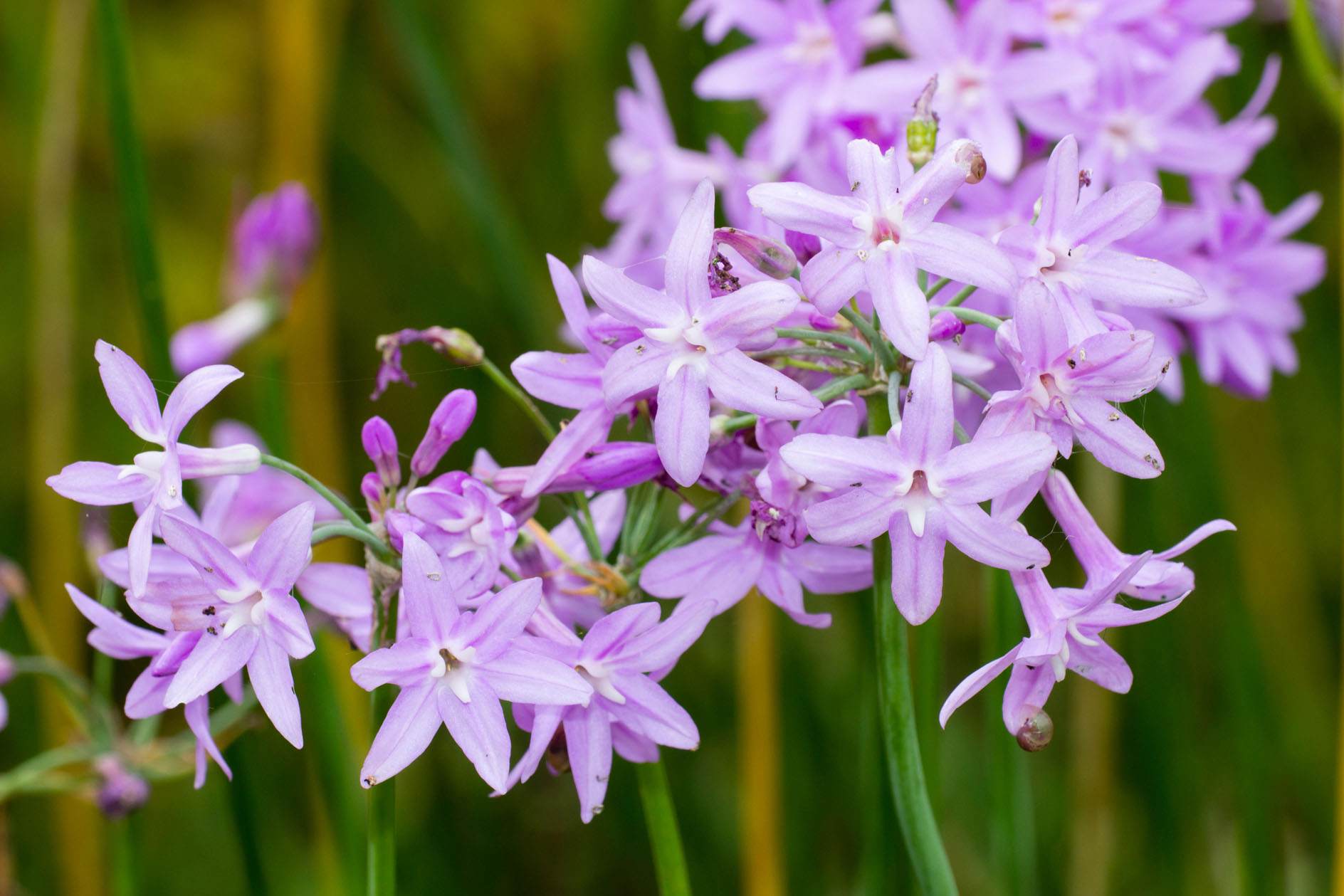
5. Watering
Tulbaghia will tolerate periods of drought, but to flower well they need moisture during the flowering season, which, for most forms, is from May to September. Those in pots will need watering daily during hot weather.
6. Encouraging flowering
To encourage more blooms, remove flowers as they begin to form seed pods. Cut the stems off as close to the base as possible, being careful not to remove any leaves.
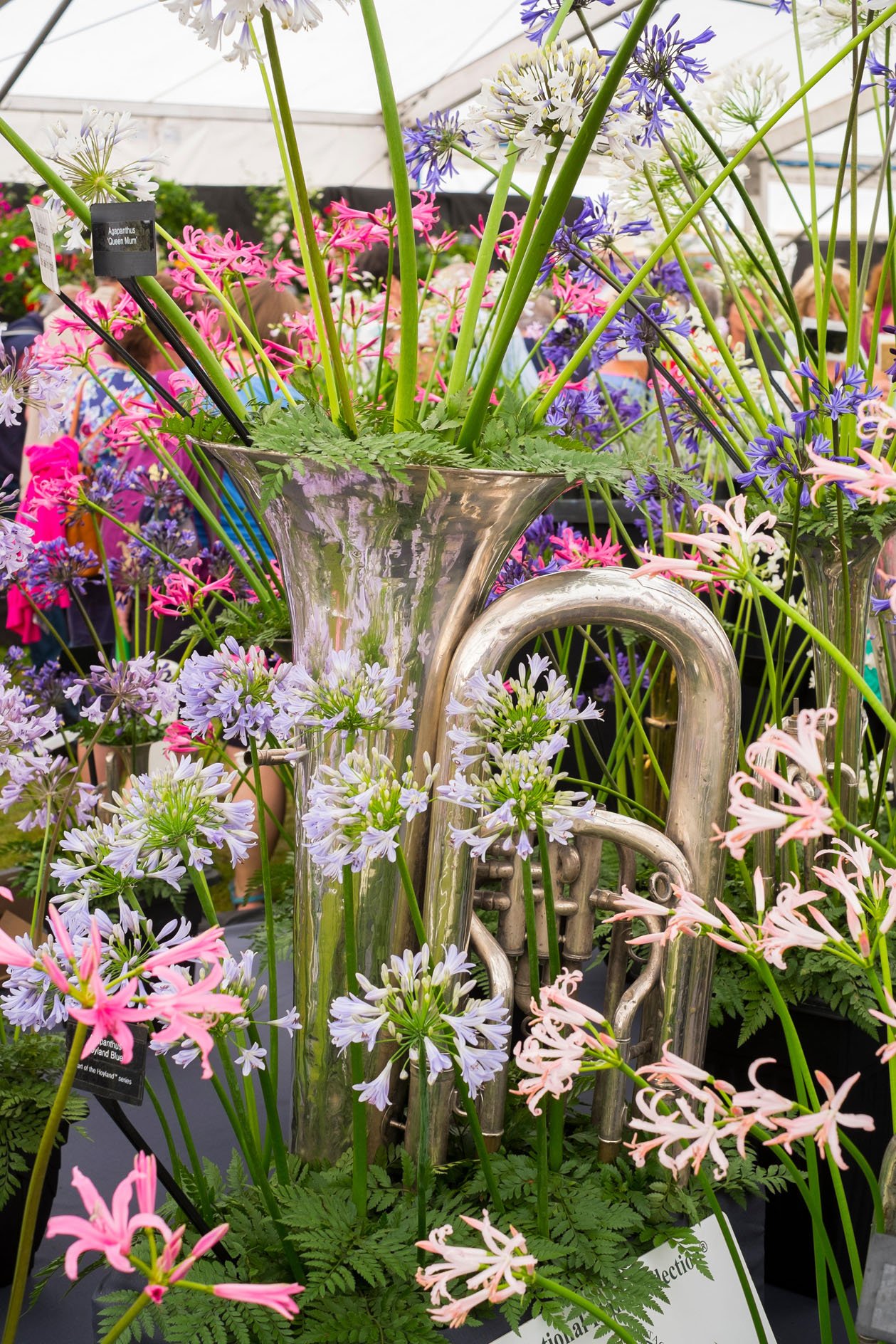
7. The ubiquitous Tulbaghia violacea
The plant that grows en masse in South Africa is Tulbaghia violacea, the species most often seen in British nurseries. It reaches about 20in tall and, as with all tulbaghia, the stems grow clear of the foliage so the loose clusters of mauve flowers can be seen clearly. A variegated form, T. violacea ‘Silver Lace’, has paler-green leaves with white margins that create a silvery-grey sheen over the plant. T. violacea ‘John May’s Special’ is a selection chosen for its size, with stems 30in tall and flowers that are much larger than those of the species.
8. Other varieties
It is worth searching specialist nurseries for the more unusual species. Tulbaghia montana has pale-pink flowers with a bright orange corona, reminiscent of a bicoloured daffodil. On T. natalensis, the flowers are similar, much paler and smaller than its cousin, with diaphanous petals. Both are about 1ft tall and both have evening-scented flowers.
Of the several white-flowered cultivars, the most attractive is, perhaps, T. violacea ‘Pallida’, the white flowers of which have a hint of pink on the petals. A similar species with smaller, paler flowers and a densely packed flowerhead is Tulbaghia simmleri. In the wild, it is pollinated by moths, so, at night, the flowers release a honey-scented perfume. The fragrance is light and subtle, but a pot grown on a terrace will sweeten the air on warm summer evenings.
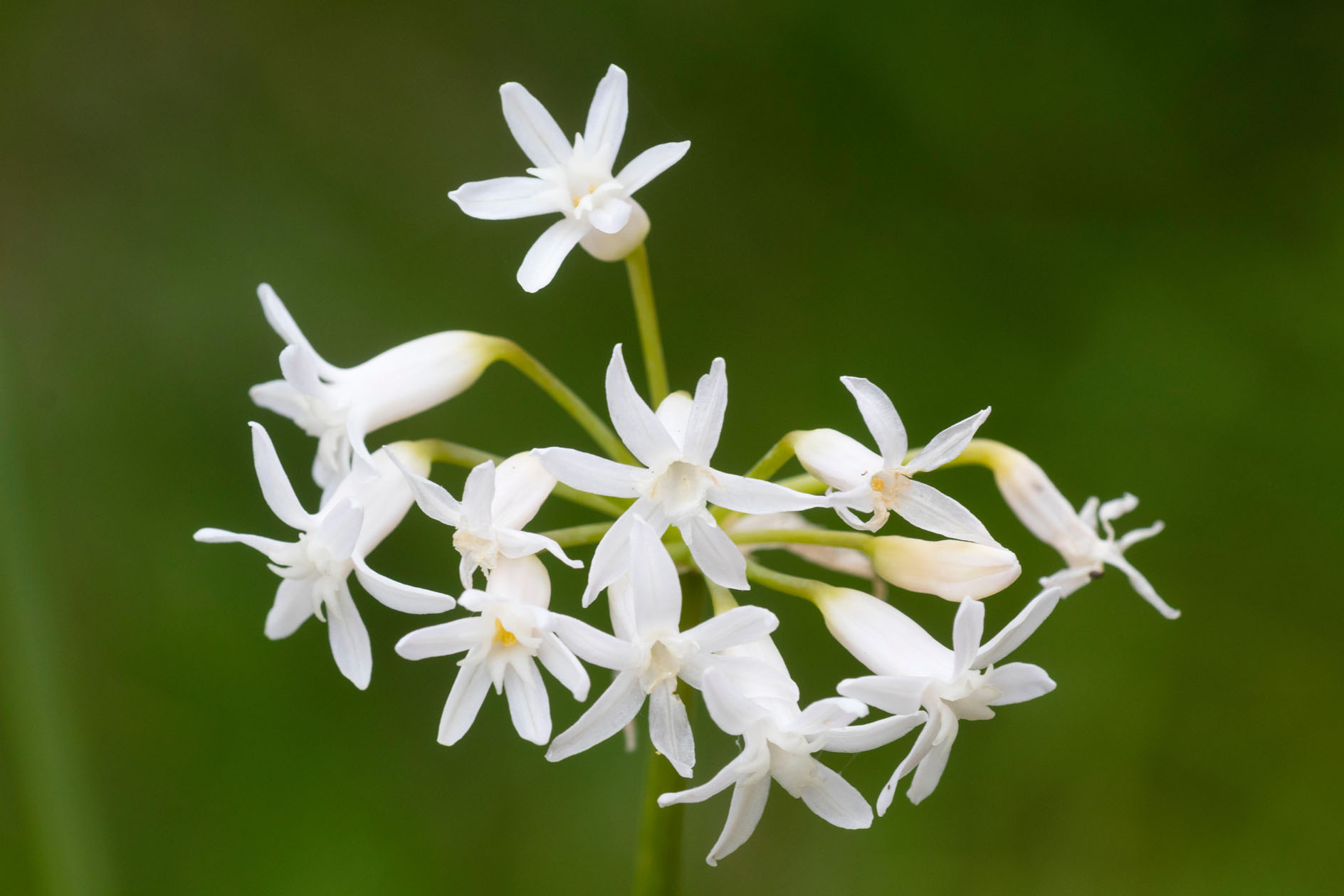

Credit: Alamy Stock Photo
John Hoyland: The tree planting blunder that kicked off my long line of gardening mistakes
When it comes to trees, says John Hoyland, the more the merrier — but only within reason.
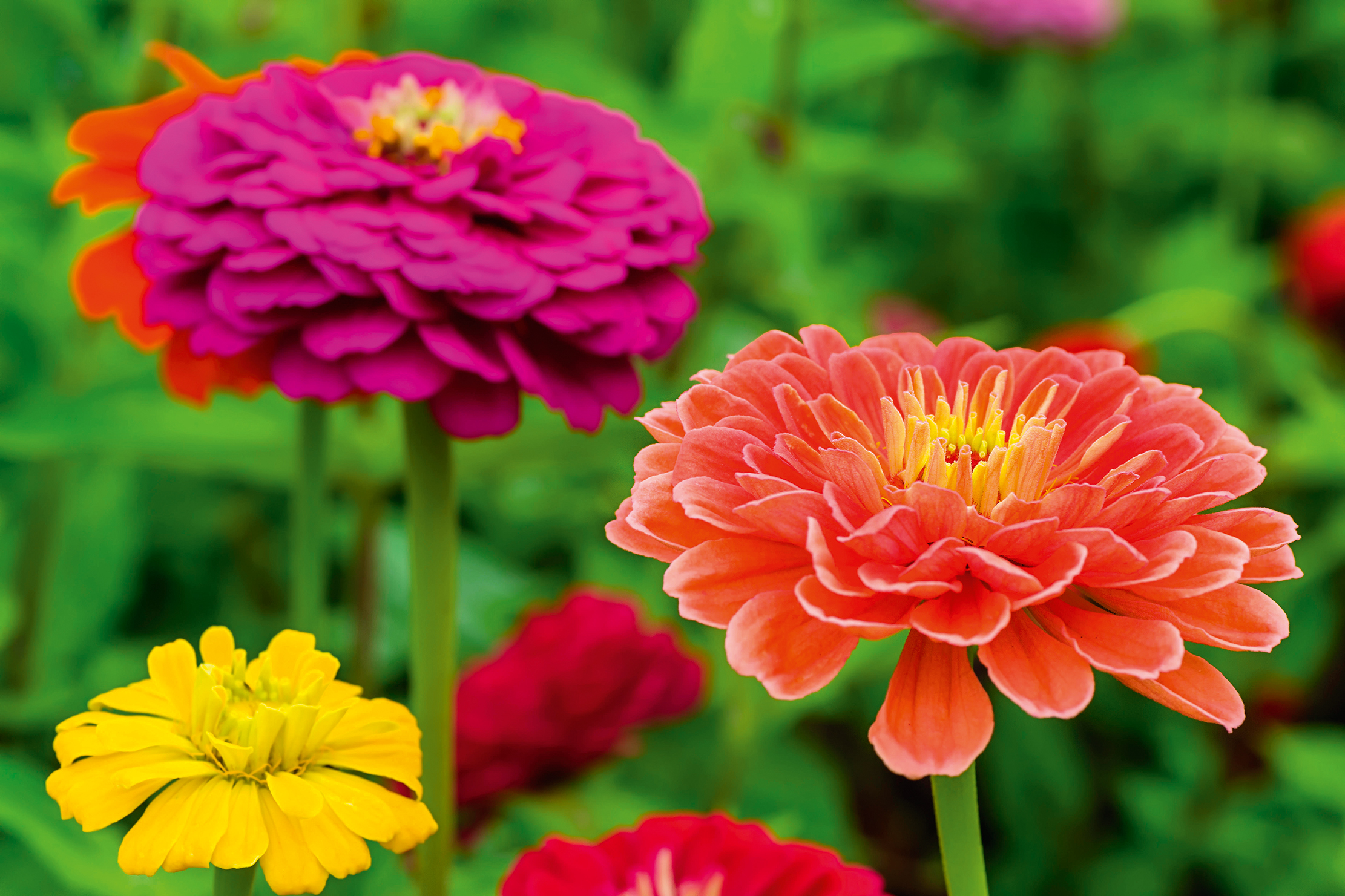
John Hoyland: The flowers to grow to create your own dye — just as they do at Glyndebourne
John Hoyland, gardens advisor at Glyndebourne, on the extraordinary dye garden that is now being used to create costumes for

Umbellifers: The plants with 'bold structure' with soft, frothy flowers that have an ethereal quality
Their frothing flower heads and bold structure give a relaxed country feel to any garden, but John Hoyland — gardens advisor